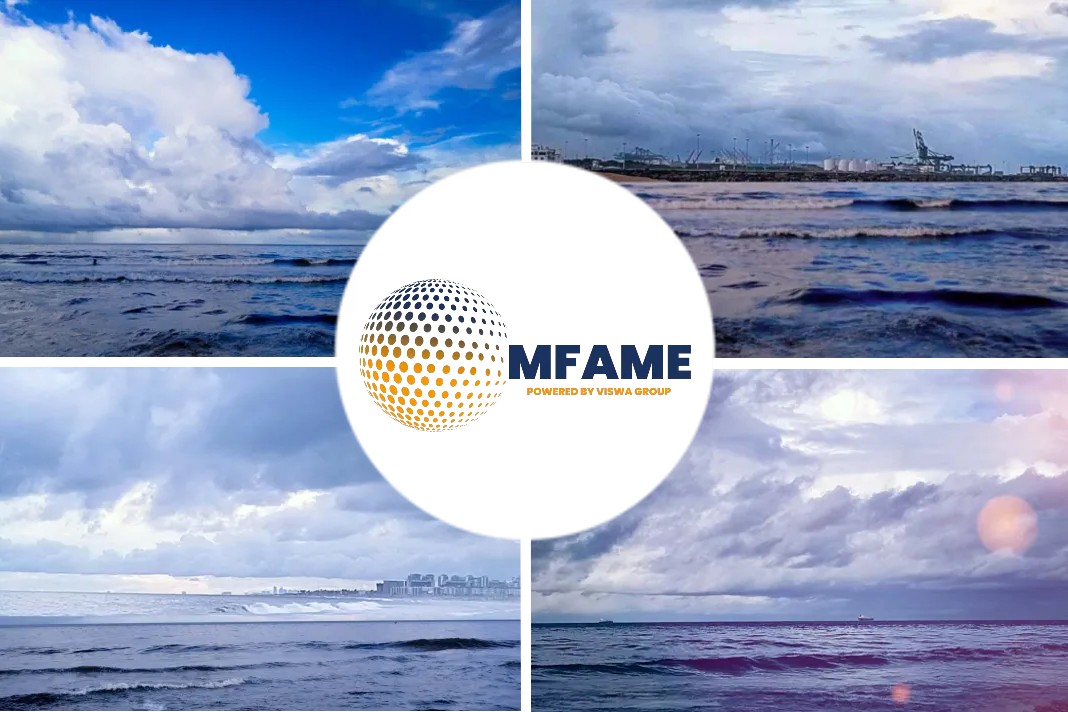Shipping has the capacity to redesign and reimburse their vessels into a more utility driven product. This phenomenon of converting liabilities to assets is a known thing but not all know how to do it viably. Keeping this in my mind, Riviera Maritime Media’s John Snyder has put up an article illustrating this.
Here’s an excerpt from it.
Converting OSV To LNG?
Concept designs and conversions are resulting in new opportunities for laid up or under-utilised OSVs outside the oil patch
US-based naval architectural and marine engineering firm NETSCo has been in discussions with an LNG supplier regarding the possibility of the conversion of an existing OSV to a small-scale LNG carrier.
How did it materialize?
The discussions started two years ago, according to NETSCo vice president Jan Flores. “They have been delivering LNG to the Caribbean by ISO container and they approached us about a vessel,” he says. Initially, he explains, the LNG supplier was interested in chartering an OSV to move the ISO containers, but the number of containers made it impractical. “They needed a bulk vessel,” he says.
The meeting resulted in Mr Flores beginning to develop a concept design for converting an existing OSV into a small-scale LNG carrier.
At about the same time, NETSCo was approached by class society Lloyd’s Register regarding the possibility of working on joint development projects in the US.
How viable is this?
“With the number of OSVs stacked in the US Gulf of Mexico, there is real market interest in this design,” says Lloyd’s Register Americas Marine & Offshore vice president Raphael Riva.
As of mid-April, there were some 390 OSVs and 76 offshore construction vessels stacked in the US Gulf of Mexico, according to VesselsValue. OSV utilisation rates are some of the lowest in the US Gulf of any region in the world.
LNG Transport The Key
Mr Flores says the concept design would utilise a fairly typical previous generation 260 or 280 class OSV platform in the 80 to 90 m range. “These are common but relatively small as compared with the new generation of vessels,” he says. The concept focuses on a small-scale LNG carrier that will be able to transport LNG in bulk and ISO containers, with a capacity of 1,500 m3 and another 1,000 m3 in ISO containers. The vessel would have IMO Type C bilobe LNG cargo tanks.
Focusing on Small Scale Carriers
For the concept, Mr Flores says the team focused strictly on a small-scale LNG carrier and did not look at the economics of an LNG bunker vessel.
In particular, it is envisaged that a small-scale LNG carrier of this size would serve power generation markets in remote locations, such as the Caribbean or Indonesia.
“There are a number of small-scale LNG carriers that fall in the range of between 7,000 and 11,000 m3,” says Mr Flores. “Those vessels are actually too big for the needs of power plants in the Caribbean, which typically require about 1,500 m3 every two weeks. They don’t have the capacity to handle a large ship.”
One of the smallest LNG carriers in the world is the Pioneer Knutsen, which operates along the coast of Norway and is owned by Knutsen OAS Shipping. Built in 2004 by Scheepswerft Bijlsma in Holland, Pioneer Knutsen has an overall length of 69 m, beam of 11.8 m and cargo capacity of 1,100 m3.
Meeting IMO Standards
Among the regulations the vessel would have to meet, says Mr Riva, are the IMO International Maritime Dangerous Goods (IMDG) Code and the International Code for the Construction and Equipment of Ships Carrying Liquefied Gases in Bulk (IGC Code), which applies to gas carriers constructed on or after 1 July 1986.
The design is under consideration for Approval in Principle (AiP) by Lloyd’s Register. The next step would be to present the design to a US owner.
The AiP has not yet been issued, says Mr Riva. He says the concept has been designed for Jones Act trade and US Coast Guard approval, meaning that it will “fulfil the requirements for just about any flag”.
Designing Through the Eyes of Shipowners
Mr Riva and Mr Flores say they approached the project through the eyes of a shipowner. “As engineers, we love to design stuff,” says Mr Riva. “But we had to answer the questions, ‘Is it economically viable? Does it make financial sense for a return on investment? I think we have made that case in our joint development project.”
Based on “very depressed OSV prices,” Mr Flores estimates the cost to acquire the OSV and convert it would be US$30M. “The proof is in the pudding. We have a supplier who says the number makes sense.”
How viable is this financially?
Mr Riva points out, “Any small-scale LNG carrier built in China would be at least that same price and you would have to wait for a build slot and delivery.”
“You can also make the business case that if the shipowner retains ownership of the vessel and charters it to the supplier then the net cost is even lower and he puts an asset to work,” says NETSCo president Richard Mueller. “There are a number of ways you can structure this to make it financially attractive such as amortising the cost of the conversion and ship purchase over the life of the contract.”
Mr Flores concludes: “This vessel could open up markets where a 10,000 m3 capacity small-scale LNG carrier isn’t viable. If you are a shipowner that has assets that aren’t generating any income, this makes real financial sense.”
Did you subscribe to our daily newsletter?
It’s Free! Click here to Subscribe!
Source: Riviera Maritime Media























